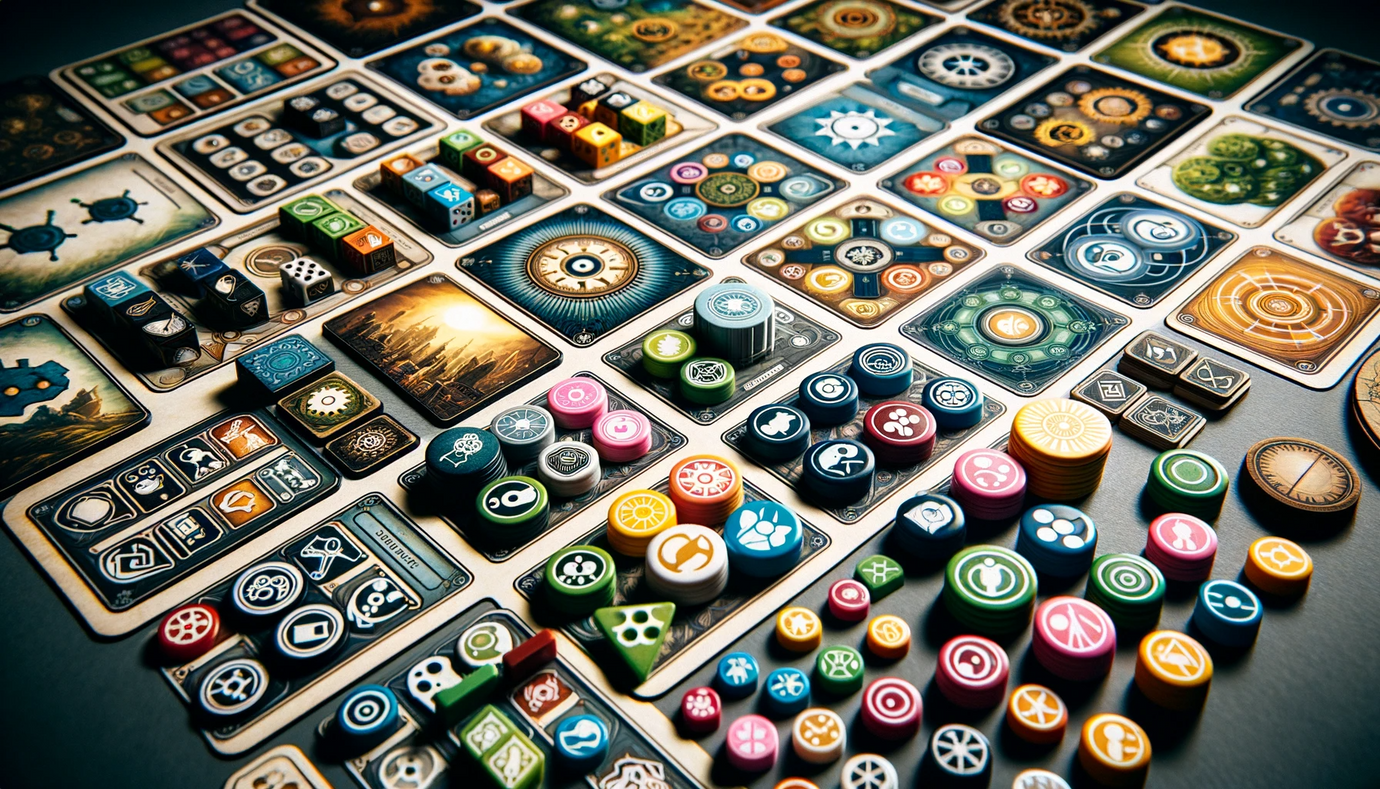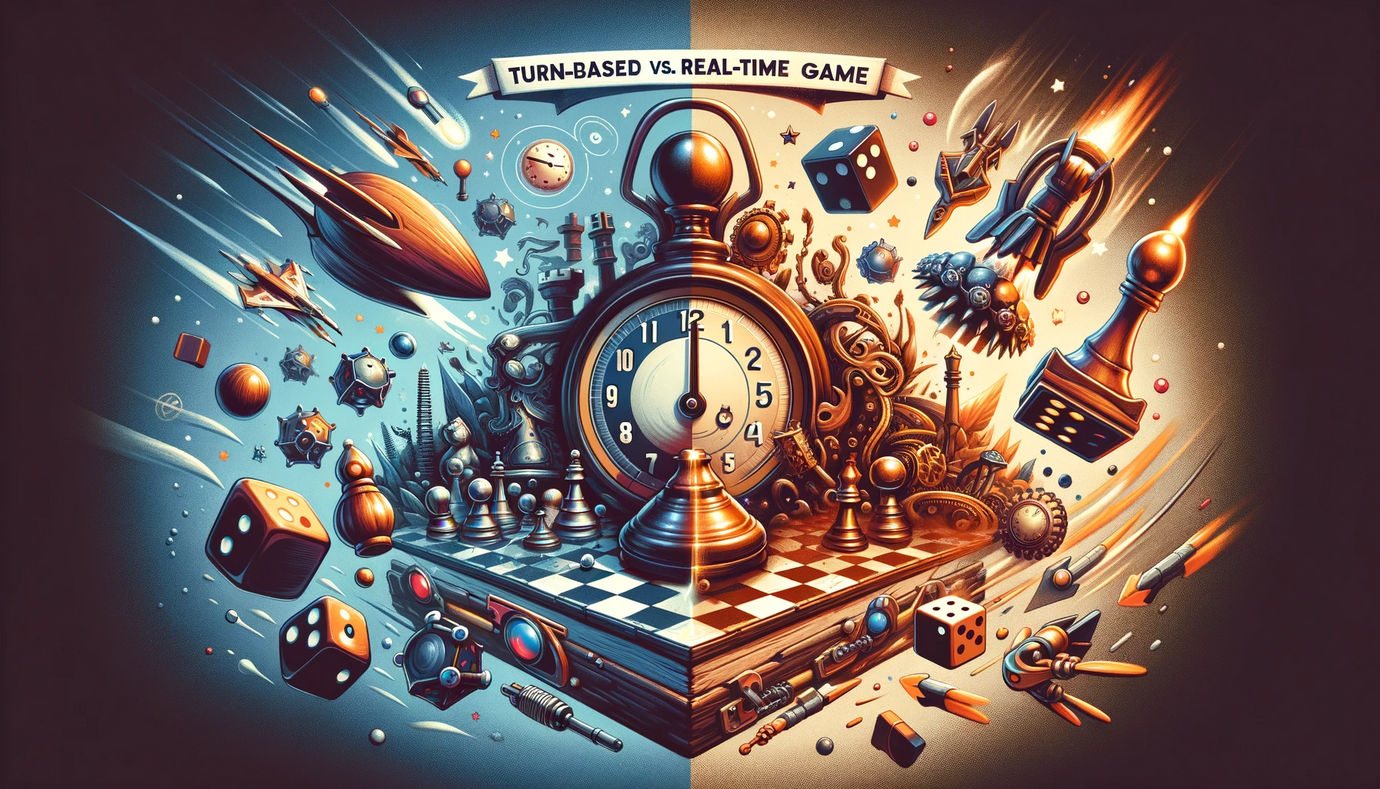Challenges in Game Design and How to Overcome Them

Introduction
Game design is a complex and nuanced process, often filled with challenges that can significantly impact the development of a game. From balancing mechanics to ensuring player engagement, designers must navigate a variety of obstacles to create a successful game. This blog post will explore common challenges in game design and provide strategies for overcoming them, helping designers create compelling and enjoyable games.
Understanding Common Game Design Challenges
Game design involves a series of creative and technical decisions. Challenges can arise in various aspects, including mechanics, balancing, player dynamics, theme integration, and marketability.
1. Balancing Game Mechanics
The Challenge:
Creating game mechanics that are fun, engaging, and well-balanced is often a significant challenge. Overpowered mechanics can dominate gameplay, while underpowered ones may be ignored.
Overcoming It:
- Iterative Design: Use an iterative design process. Make small adjustments and continually test to see their impact.
- Diverse Playtesting: Test your game with a wide range of players to gather varied feedback on game balance.
2. Ensuring Replayability
The Challenge:
Designing a game that players want to return to can be difficult. Games that lack variation or depth can quickly become stale.
Overcoming It:
- Variable Game Elements: Introduce elements that change each game session, like modular boards or randomized objectives.
- Player Choices: Implement mechanics that allow for different strategies and outcomes based on player decisions.
3. Creating Engaging Themes and Narratives
The Challenge:
Integrating a theme or narrative that resonates with players and enhances the gameplay is not always straightforward. A weak or disjointed theme can detract from the game experience.
Overcoming It:
- Deep Integration: Ensure the theme is deeply integrated into the mechanics, not just superficially added.
- Story Elements: Include narrative elements or storytelling aspects that unfold as the game progresses.
4. Managing Complexity
The Challenge:
Balancing complexity and accessibility is tricky. Too much complexity can overwhelm new players, while too little can bore experienced ones.
Overcoming It:
- Scalable Complexity: Design mechanics that can be simplified or made more complex depending on the player's experience.
- Clear Rulebook and Tutorials: Provide clear, concise rules and tutorials to help new players understand complex mechanics.
5. Facilitating Player Interaction
The Challenge:
Designing mechanics that encourage player interaction without causing frustration or conflict can be challenging, especially in competitive games.
Overcoming It:
- Balanced Interaction: Create interaction mechanics that are balanced and don’t overly penalize players.
- Variety of Interaction Types: Offer different types of interaction, from cooperative to competitive, to suit various play styles.
6. Adapting to Player Feedback
The Challenge:
Receiving and integrating player feedback can be overwhelming, especially when opinions vary widely or suggest significant changes.
Overcoming It:
- Objective Analysis: Analyze feedback objectively and look for common patterns or issues.
- Prioritized Changes: Focus on changes that align with your game’s vision and have the most significant positive impact.
7. Marketability and Audience Targeting
The Challenge:
Designing a game that appeals to your target audience and stands out in the market can be difficult, given the competition and diverse player preferences.
Overcoming It:
- Market Research: Conduct thorough market research to understand your audience and current trends.
- Unique Selling Points: Focus on what makes your game unique and highlight these elements in your marketing.
8. Time Management and Development Deadlines
The Challenge:
Managing the time and resources needed to complete the game development, especially when dealing with unexpected issues or creative blocks, can be demanding.
Overcoming It:
- Realistic Planning: Set realistic timelines and buffer periods for unexpected delays.
- Milestone Tracking: Break down the development process into smaller milestones for better management.
9. Technical and Production Limitations
The Challenge:
Dealing with technical limitations, production costs, and material constraints can restrict your game design choices.
Overcoming It:
- Early Vendor Consultation: Consult with manufacturers early to understand technical and budget constraints.
- Flexible Design: Be prepared to adjust your design to fit production realities without compromising the core game experience.
10. Staying Motivated and Overcoming Creative Blocks
The Challenge:
Staying consistently motivated and overcoming creative blocks during the game design process can be challenging.
Overcoming It:
- Regular Breaks: Take regular breaks to prevent burnout and gain fresh perspectives.
- Seeking Inspiration: Look for inspiration outside of gaming, such as in books, movies, nature, or art.
Game design is a multifaceted process with its fair share of challenges. By understanding these obstacles and implementing effective strategies to overcome them, designers can navigate the complexities







